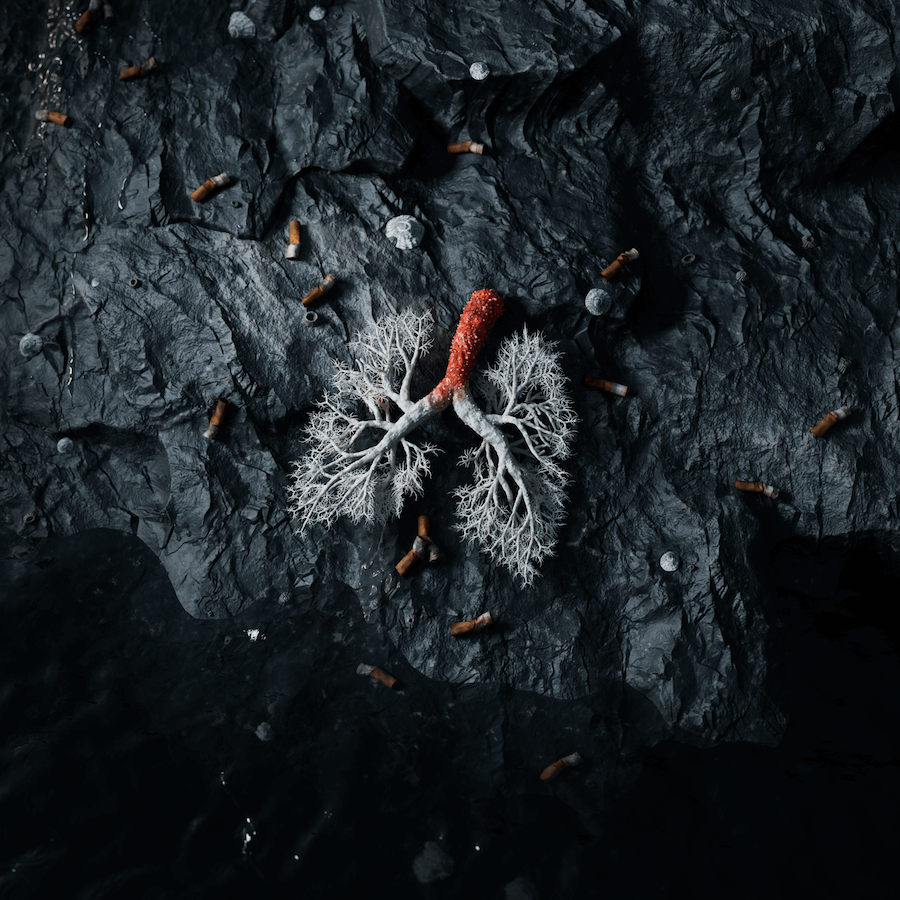Surfrider Against Cigarette Butts

from May 30th to june 01st
Help us collect over 1 million cigarette butts across Europe
Cigarette butts are the #1 most littered item, polluting our environment, harming wildlife,
and threatening our Ocean — yet the problem remains overlooked.
From May 30th to june 01st, we’re mobilizing thousands across Europe
to collect 1 million cigarette butts and put this crisis on the map.
Every collected butt is proof : we need stronger action from governments.
Join us, raise awareness, demand change and protect our Ocean !
See the impact :
the Europe-wide Cigarette Butt Collection Map
Before we dive in, check this out ! Every registered cigarette butt collection is marked on our interactive Europe-wide map.
- Public events show meeting points and times so others can join.
- Private events display only the date and location to highlight collective impact.
Watch the map fill up with action points all over Europe, showing how strong we are together !
A Call Across Europe : Together Against Cigarette Litter !
Cigarette butts are the most littered waste item worldwide. They end up on streets, in rivers, on beaches, and ultimately in the ocean—polluting our environment, harming wildlife, and contaminating water. This needs to change.
That’s why Surfrider is launching the « Surfrider Against Cigarette Butts » initiative again in 2025. Our goals:
- Mobilize thousands of people across Europe
- Remove millions of cigarette butts from streets, beaches, and public spaces
- Make a powerful statement for a cleaner environment
Why Cigarette Butts Are a Huge Problem ?
A Hidden but Devastating Pollutant
#1 Most Littered Item
Over 4.5 trillion cigarette butts are discarded globally each year, making them the most common form of litter.
Not Just Paper
Cigarette filters are made of plastic (cellulose acetate), which breaks down into microplastics but never fully disappears.
Environmental Impact
Toxic Leachate
Cigarette butts contain over 7,000 toxic chemicals, including nicotine, arsenic, and heavy metals, which leach into soil and water, harming ecosystems.
Water Pollution
A single butt can contaminate up to 1,000 liters of water, releasing toxins that threaten aquatic life.
Microplastic Crisis
As they degrade, filters become microplastics, contributing to the global plastic pollution problem.
Harm to Wildlife
Deadly for Animals: Birds, fish, and marine mammals often mistake cigarette butts for food, leading to ingestion, poisoning, and even death
Habitat Degradation: Toxic chemicals seep into habitats, affecting biodiversity and ecosystem health
Raise Awareness
The world record for collecting cigarette butts highlights the severity of this pollution, aiming to shed light on these invisible wastes and their adverse environmental impacts.
We call for a ban of cigarette filters
We call for a ban of disposable vapes
We call for prevention of emerging sources of tobacco-related pollution (nicotine pouches, …)
Why is this campaign important to Surfrider ?
Surfrider has been working on this issue for years, using all levers of action:
- Mobilisation, with a highlight in 2024 launching Surfrider against cigarette butts campaign
- Expertise, with citizen science and monitoring of cigarette butts pollution (links to latest IO report)
- Communication, with joint campaigns with health organisations (campagne ACT)
- Education, with a infograhic on cigarette butt pollution
- Lobbying, at the national level working on the ban of disposable vapes in France, at EU level working on specific measures for tobacco industries in the elaboration of the Single Use Plastics Directive, monitoring its implementation since then (EPR report) and now working on its evaluation
- Coalition work, to give others strenght and support – coalition against cigarette butts for the Plastics treaty negotiations, ban the butt initiative (international coalition of NGOs launched by Fair Resource Foundation)
Frequently asked questions
What are the main sources of pollution from tobacco waste ?
The tobacco industry harms the environment at every stage of its lifecycle. Its production drives deforestation relies heavily on pesticides and contributes to water pollution. At the end of the chain, tobacco-related products become waste and further pollute:
Cigarette butts, the most littered item worldwide, release toxic chemicals and plastic microfibres into the environment.
Disposable puffs (single use), e-cigarettes, and heated tobacco products generate growing amounts of electronic and plastic waste.
Nicotine pouches add new stream of pollution, not yet well-regulated.
Packaging of all these products –whether plastic, cardboard, aluminium – adds an additional source of waste.
What is the composition of a cigarette filter ?
Most cigarette filters are made from cellulose acetate, which is a type of plastic. One filter alone is made up of 12,000 to 15, 000 strands of cellulose acetate. When cigarette butts are discarded into the environment, these fibers can be dispersed in ecosystems and create microplastic pollution1.
They also contain additives and chemicals
What is the purpose of a cigarette filter ?
Originally marketed as health protection, filters were designed to give a false sense of safety. According to the World Health Organisation, they do not reduce health risks and may even encourage deeper inhalation.
How do cigarette butts end up in the environment ?
An estimated 4.5 trillion cigarette butts are discarded into the environment every year — on streets, beaches, parks, and sidewalks. From there, rain and runoff carry them into sewers and storm drains, where they often bypass wastewater treatment plants. These facilities are not designed to capture plastic microfibres or toxic chemicals from cigarette filters.
As a result, butts flow directly into rivers, lakes, and oceans, where they leach pollutants and threaten aquatic life.
Even when cigarette butts are thrown in bins (which does help avoid immediate littering), waste systems are unequipped to manage them. Why? Because the tobacco industry doesn’t take financial or logistical responsibility for the end of life. The mechanism that should fix this — called Extended Producer Responsibility (EPR) — is either poorly implemented or not enforced in many countries. (more info in our report here).
That is why prevention is the only realistic solution.
Can we recycle cigarette butts? Could we repurpose them ?
In theory, yes. In practice, no :
- The filters are contaminated with toxins and carcinogens.
- Recycling them would be complex, costly and polluting.
- Repurposing into coats or insulation may spread toxic substances further.
Recycling is not a sustainable solution.
Is it realistic to call for a ban on cigarette filters ?
Yes, and it is a necessary one as filters both do not protect health and harm the environment.
- We are not alone calling for this ban: civil society organisations, scientists, and health protection organisations – including those working on the Global Plastics Treaty – are asking for this ban.
- Some countries, cities and regions have acted. In the US ADD HERE (NY bill proposal to ban the sale of cigarette with single-use filters) – in the Netherlands ADD HERE?.
- Even the tobacco industry is preparing for this shift. Philip Morris International, one of the world’s largest tobacco companies, publicly claims it is aiming to “completely replace cigarettes” and deliver a smoke-free future. If they are serious about this, they should have no objection to banning filters https://www.pmi.com/statement-of-purpose
What would be the most environmentally conscious and safe alternative? What is the solution for smokers ?
The best alternative is no filter at all, as filters create waste and do not make smoking safer.
If we ban cigarette filters, we would still have chemical pollution from the rest of the cigarette – what can be done about that ?
True – cigarettes without filters still pollute.
But removing the filter:
- Cuts plastic and microplastic pollution.
- Opens space for stricter anti-litter policies and clean-up efforts.
Ultimately, it’s part of a broader strategy to protect public and environmental health.
Could reusable filters be a solution ?
Not really, they shift responsibility to users, instead of holding the industry accountable. The solution lies in regulation and prevention, not alternatives.


